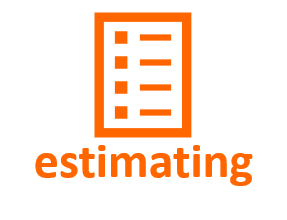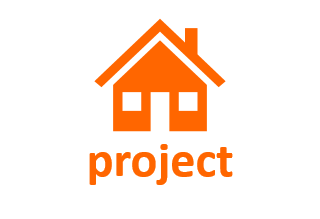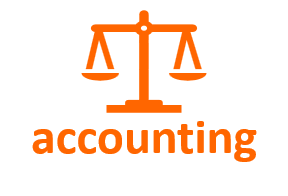Supplier Discounts
Just How Much Are They Worth to Your Business?
Source: Sal Alfano, executive editor at Professional Remodeler
VALUE OF THE DISCOUNT
Calculate the value of the discount
Value of the Discount = Discount % x Invoice Amount
Example 2% Discount x $5,670 Invoice = $113.40
BORROWING COST
If you borrow to pay and get the discount
Borrowing Costs =
((Annual Interest Rate on Loan x Invoice Amount less Discount)/365) x Days
Example ((12% Interest Rate x $5,556.60 Invoice less discount)/365) x 20 days = $36.54
Net Effect Discount of $113.40 - Borrowing costs of $36.54 = Gain (savings) of $76.86
(Note 1: Days is equal to the difference between the end of the discount period and the end of the net period.)
(Note 2: You only borrow an amount equal to the discounted value of the invoice)
Unless the interest rate on your borrowing is excessively high, you will save money borrowing to take the discount.
In fact, the annual interest rate on your borrowings in the example above could exceed 35%, and you would still be better off borrowing the money to take the discount. (Substitute 35% for the 12% in the example above and recompute)
OPPORTUNITY COST
If you use your savings to pay and get the discount
Assume interest rate on savings account = 1.5% annually
Opportunity Costs =
((Annual Interest Rate Paid On Savings x Invoice Amount less Discount)/365) x Days
Example ((1.5% Annual interest rate x $5,556.60)/365) x 20 = $4.57
Net Effect Discount of $113.40 - Opportunity costs (Interest lost) of $4.57 = Gain of $108.83
(Note 1: Days is equal to the difference between the end of the discount period and the end of the net period.)
(Note 2: You only take from savings an amount equal to the discounted value of the invoice)
To get a real feel for the impact that supplier discounts can have on your profits, do the following calculation.
Assume that:
- you are building houses that are going to sell for $300,000, net of land and improvements;
- the pricing on the house consists of 40% materials, 40% labor, 10% overhead and 10% profit;
- You are offered terms of 2%/10, n/30 on all materials purchased.
- You will build 20 houses this year.
The savings available on an individual house would be $300,000 x 40% x 2% = $2,400.00.
If you saved that much for the 20 houses you build in a year, the savings would amount to $48,000, which can contribute to the wages for a site supervisor or an office manager.
More than enough to pay attention to.














